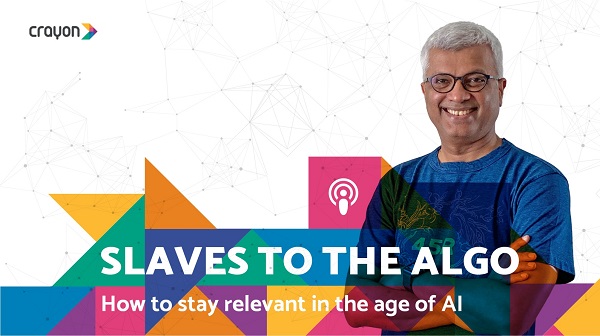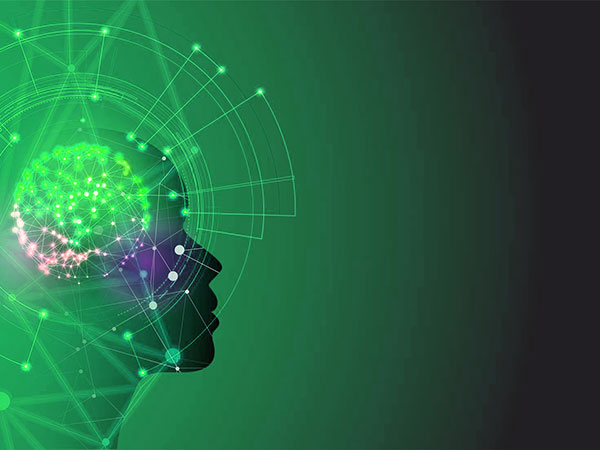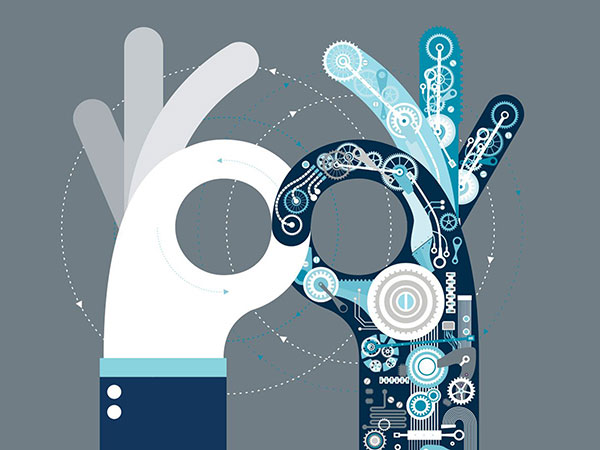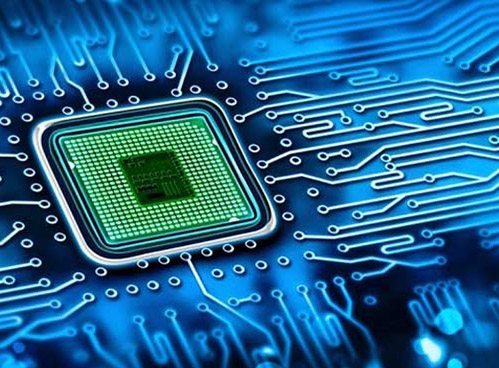Artificial intelligence is taking the automobile industry by storm while all the major automobile players are utilizing their resources and technology to come up with the best.
The beauty of devices with artificial intelligence is that it tries to learn from sensory inputs like real sounds and images.
In the same way, when intelligence is applied to the technology within an automobile, it would recognize the environment and evaluate the contextual implications when it moves or faces any hurdles.
In 2015, the install rate of AI based systems in new vehicles was just 8%; this number is expected to soar to 109% in 2025. This is because different kinds of AI systems will be installed in vehicles.
Artificial Intelligence ‘drives’ driverless cars
The thought behind driverless cars was around from the 1970s, so it is not entirely new. AI powered cars, depicted in movies over the years, have always captured our imaginations. But the lack of technical brilliance and resources probably kept it from becoming a reality, until recently. Eventually, all the factors leading to artificial intelligence shaped up and now driverless cars have become a reality.
Well, almost, it is just a matter of time before you begin to see real intelligence in them. The idea is to empower the vehicle to act like a human driver and drive through various circumstances. This may sound easy, but is in no way a simple task because a lot of careful computing is required.
Through techniques like sensor fusion and deep learning, researchers were able to develop a technology that would help build a three dimensional map of all the activities that happen around the car.
Some of the leading tech and automotive giants like Google and Tesla are spending millions of dollars in research to come up with better technology and to make autonomous cars a commercial reality. Recently, Ford Motor Company made an investment of one billion dollars in Argo AI, a new AI company to bring forth a virtual driver system in the future, possibly by 2021.
Now, let’s look at the different ways in which artificial intelligence will drive the automobile industry in the future:
1. Machine Learning
Artificial intelligence is a kind of intelligence developed as a result of excellent scientific experiments. This intelligence when applied on to devices and machines will think and act almost like human beings.
However, there is a difference between Artificial Intelligence and Machine Learning. While in AI, devices would carry out tasks in a way humans consider smart, ML or Machine Learning is an application of AI where machines are given certain data and they learn for themselves. MI is actually a subset of AI.
Toyota has gone a step further and has brought together Big data, Machine Learning and Artificial Intelligence to create highly responsive autonomous systems that aid in mobility for those who are “less able to drive”.
2. Deep Learning
Deep Learning is the process by which we implement Machine Learning. It is with the help of Deep Learning that many of the activities in AI happen without setbacks. DL helps break down tasks in manageable chunks. The software in DL learns and then it starts mimicking the activities in the neuron layers of our brain.
DL techniques have been very useful in the automobile industry as it aids in advanced driving assistance systems and autonomous driving. This is just within inside the vehicle. DL plays an important outside the vehicle as well – during manufacturing, sales and after service. Even in services where technology was a bit hazy until now, it was DL that brought in a huge improvement.
Recently, a partnership was formed between Nvidia and Bosch to improve the quality and features of autonomous vehicles. Through this, Bosch will build a supercomputer that will work in such vehicles, and Nvidia will provide the Deep Learning technology to power it. Thanks to both Nvidia and Bosch, in future you can expect a new level of AI touch in cars like Audi and Mercedes Benz.
3. The Internet of Things
Internet of Things has made an indelible mark in the automobile industry and is poised to go even stronger in the coming years. Newly manufactured vehicles had a host of new things attached to them – Smart sensors, geo-analytic capabilities with big data, embedded connectivity applications.
And with their fancy features, vehicle owners can enjoy a number of features. Here are a few of them:
- Dealers or manufacturers will make the vehicle’s firmware updates through over-the-air software
- If a vehicle is scheduled for service or repair on a particular day, performance data of the vehicle would be sent to the manufacturer/dealer/service centre.
- Through software, the manufacturer can correct certain performance issues in the vehicle; the owner may not have to make a shop list.
- Companies with fleets of vehicles of their own can manage the same with improved safety parameters.
- Enhanced manufacturing quality is possible through IoT processes.
- In case of medical emergencies, the car’s smart sensors would summon the concerned medical personnel
4. Cognitive Capabilities
The driverless revolution will continue to cruise along the streets, and you will be witness to not just small cars with AI capabilities, but huge 18-wheel trucks carrying an assortment of goods as well. This is taken a step further with cognitive analysis that kind of imitates the human behavior by looking at the behavior patterns and data mining capabilities.
Cognitive systems are supposed to work just like a human would interpret a real life situation, and in order to do that, a deeper understanding of unstructured data is essential. Insights would be drawn from plenty of unstructured data to decide on how to respond naturally in real time.
Cognitive capabilities would be able to handle dynamic operating conditions as well. Car manufacturers have already started incorporating this into their vehicles. For example, BMW has partnered with IBM to add cognitive capabilities to its cars. Through Big Blue’s Watson AI technology, the idea is to help vehicles communicate with each other.
5. Infotainment Systems
Artificial Intelligence changes in-vehicle infotainment systems in a major way. Because of this trend, the demand for high quality hardware and software solutions has also soared because they all have to be compatible with AI.
In the infotainment category, you can expect a spike in features like speech recognition, eye tracking, monitoring driving, gesture recognition, and database of natural languages. Eventually, this will also go a step further to consider driver condition evaluation, camera-attached machine vision systems, sensor fusion engine control units and radar-based detection units.
There are infotainment human machine interfaces already attached to vehicles and this can monitor and act according to the algorithms collected from cloud-based neural networks. This would then be used to perform advanced tasks.
Conclusion
Through Artificial Intelligence capabilities, you can witness a new kind of car driving – the “cloud to car” phenomenon. Thanks to tremendous computational power that’s available at their disposal developers have been able to create apps that have taken artificial Intelligence to a whole new level of excellence.
And it is not just about cars that drive on its own, and act as a real driver would in various circumstances, AI would also help in building cheaper cars that can sense the environment and navigate through all the hindrances that may come up during driving.
























